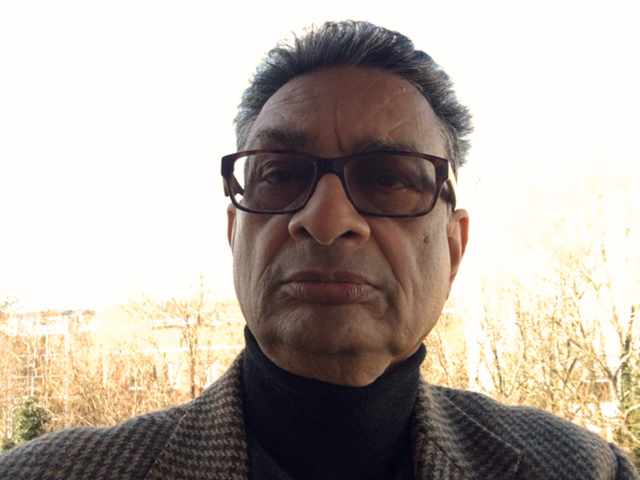Chaturmas is a holy period of four months (usually July to October) during which some important Jain festivals are celebrated. Majority of Jain festivals are characterized by renunciation, austerities, study of the scriptures, recitation of hymns, meditation accompanied by chanting of mantras, and expressing devotion for the Tirthankaras. Jain festivals are noteworthy for the muted and restrained demeanour of the participants. Chaturmas begins on Ashadh Chaturdashi and comes to an end on the full moon day in Kartik. This auspicious day is called Kartik Purnima. All the restraints of Chaturmas period are lifted and there is an atmosphere of festivity in the Jain community.
To celebrate this year’s Kartik Purnima festival which fell on Wednesday, 28th November 2012, Victoria and Albert Museum London (V&A) invited Samani Pratibha Pragya and Samani Him Pragya. Samani Pratibha Pragya explained the importance of Jain pilgrimage site of Shatrunjaya in Palitana, Gujarat.
Samani Pratibha Pragya stated that the old name of this tirth was “Pundrikagiri”. According to Jain agama, the place exists from the time of the first Tirthankara, Shri Adeshwar Bhagwan who meditated under Ryan Tree located besides the main temple. Shri Adeshwar Bhagwan sanctified these hills by delivering his first sermon here. This temple was built by Shri Adeshwar Bhagwan's son Bharat Chakravarthy. It is said that countless Jain sadhus and sadhvis have attained mokhsa (liberation) on these hills. It is such events which underpin the sanctity of Shatrunjaya tirth. Hence thousands of Jain sadhus, sadhvis, sravaks and sravikas begin their padyatra (walking on foot) on Kartik Purnima in Palitana.

To coincide with Kartik Purnima, V&A put on public display its recent acquisition of a large (112” X 130”) and splendid painting of Shantrunjaya Hill. This painting - “SHATRUNJAYA PILGRIMAGE PATA” (circa 1800) - is in ink opaque watercolour and gold on cloth. Detailed paintings like this of the pilgrimage site enable worshippers unable to be there person to envisage and contemplate the holy site. Mr Nick Barnard curator of V&A explained various aspects of the painting.

 Dinesh Z. Shah
Dinesh Z. Shah